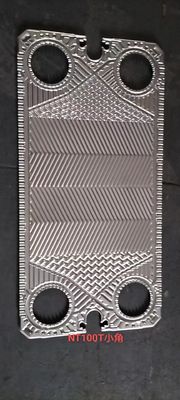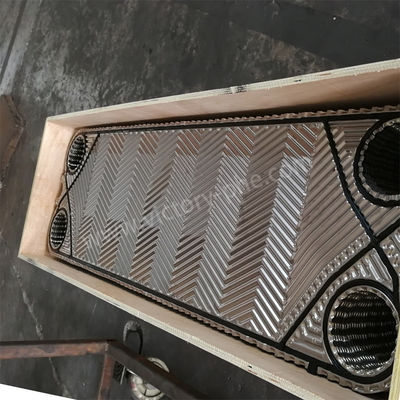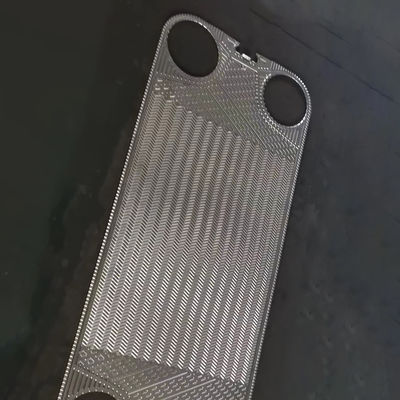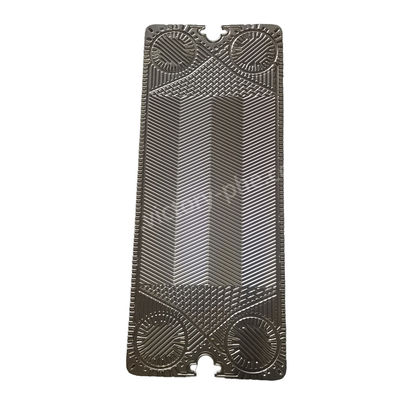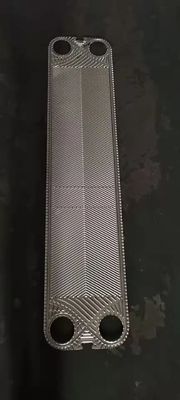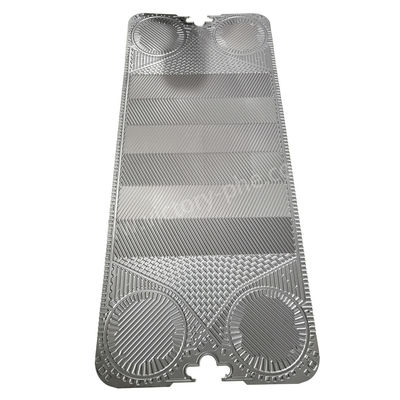The cleaning steps of plate heat exchangers usually include the following steps:
1. Preparation: Make sure to isolate the plate heat exchanger from the system and close all valves connected to it. Also, prepare the tools and equipment needed for cleaning.
2. Descaling cleaning: Add the configured descaling detergent in proportion to the circulating water in the cleaning tank to clean and descale the boiler. Determine the cleaning cycle time and the amount of chemicals to be added based on the amount of scale. After confirming that all scale has been cleaned, Go to the next step of the cleaning process.
3. Cleaning with clean water: After connecting the cleaning equipment and the boiler, circulate clean water for 10 minutes to check the system status for leaks and remove floating rust.
4. Peel off anti-corrosion cleaning
Add surface stripping agent and slow-release agent in proportion to the circulating water of the cleaning tank, and cycle for 20 minutes to separate the scale and components being cleaned. At the same time, anti-corrosion treatment is performed on the surfaces of objects without scale to reduce the time required for descaling and cleaning. Cleaning agents corrode cleaning parts.
5. Inspection: Check the plate heat exchanger for visible dirt or deposits. If necessary, repeat the cleaning process or consider using other cleaning methods.
6. Passivation coating treatment: Adding passivation coating agent to passivation coating treatment on the boiler cleaning system has a good effect on reducing corrosion of pipelines and components and the formation of new rust.
It should be noted that the specific cleaning steps may vary depending on the type and design of the plate heat exchanger and the nature of the fouling. Therefore, it is recommended to seek professional help based on the specific heat exchanger model to ensure the accuracy of the operation and reduce the occurrence of errors.

 Your message must be between 20-3,000 characters!
Your message must be between 20-3,000 characters! Please check your E-mail!
Please check your E-mail!  Your message must be between 20-3,000 characters!
Your message must be between 20-3,000 characters! Please check your E-mail!
Please check your E-mail! 
